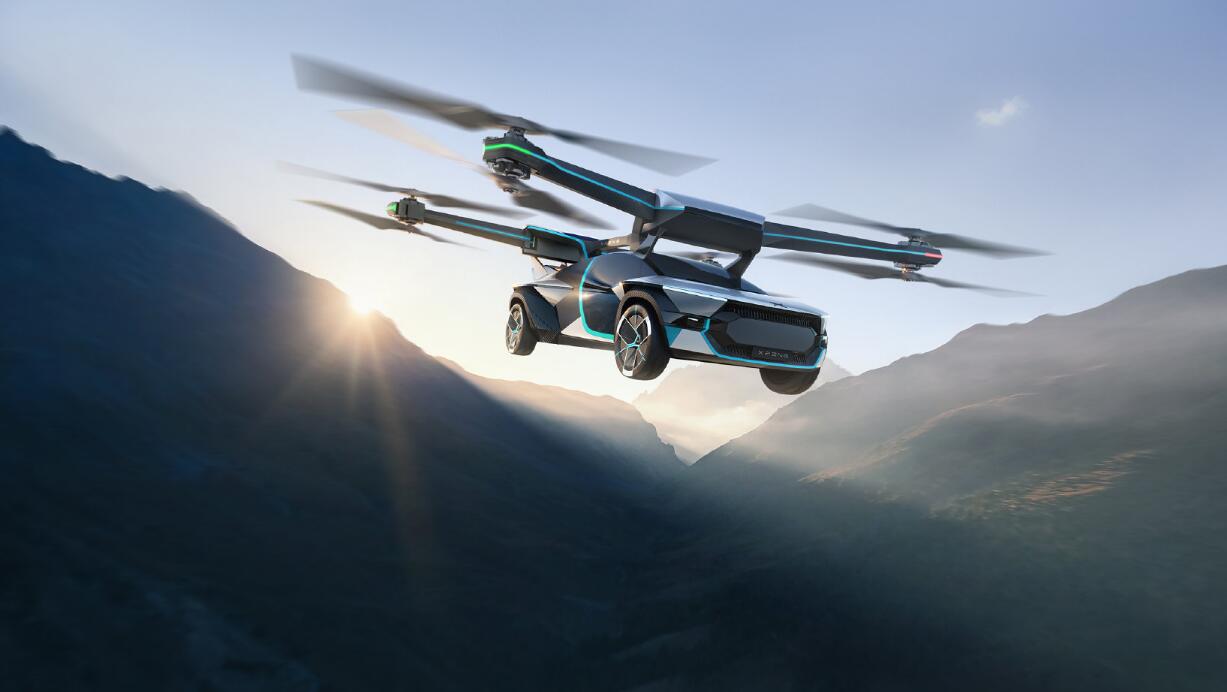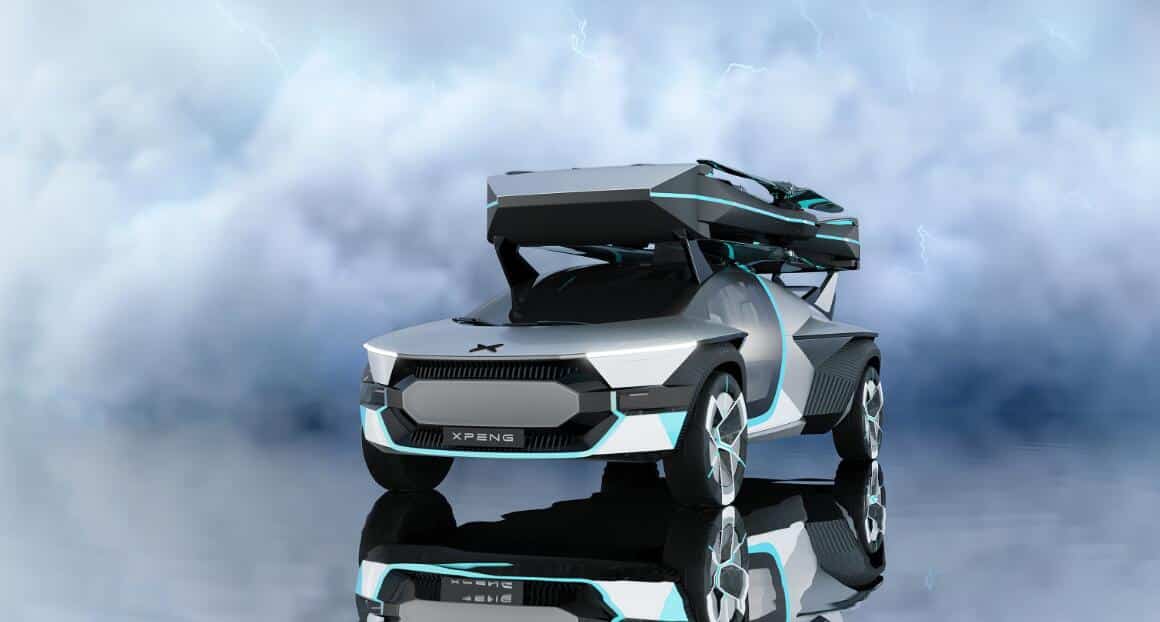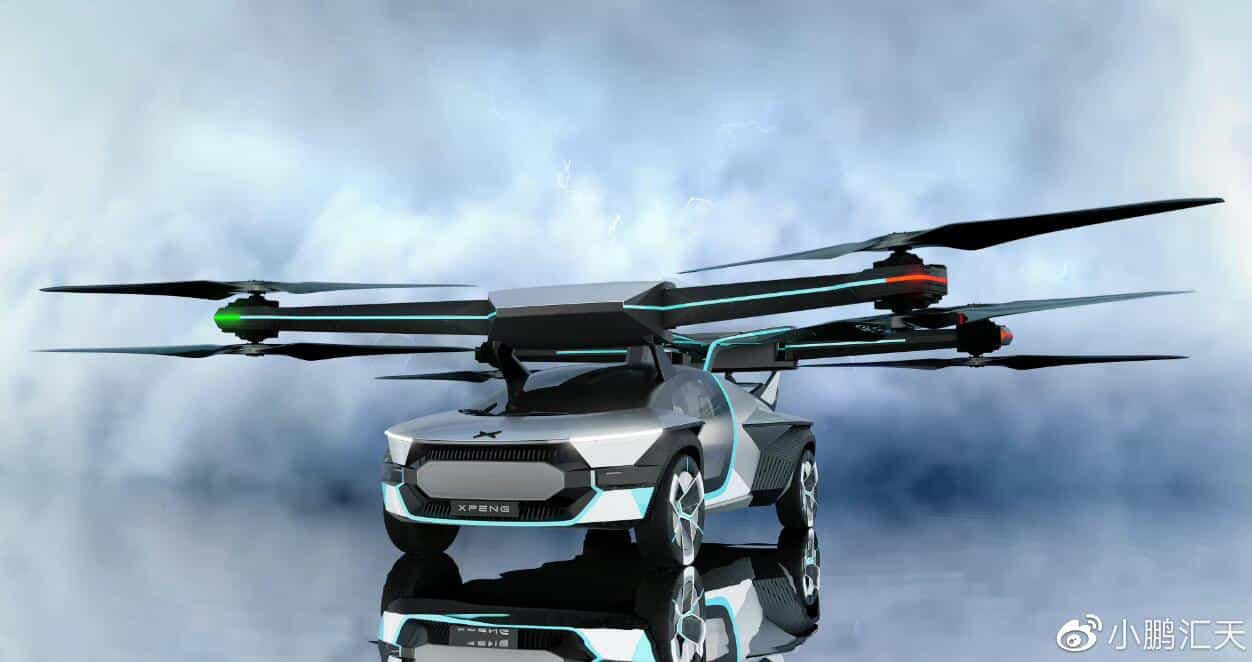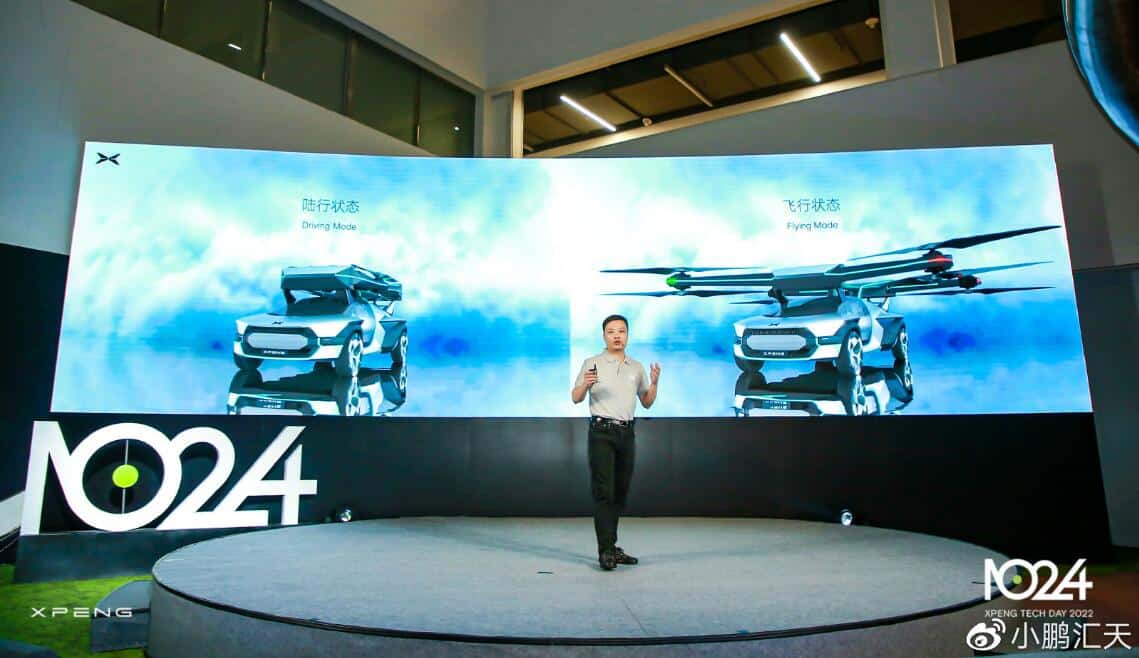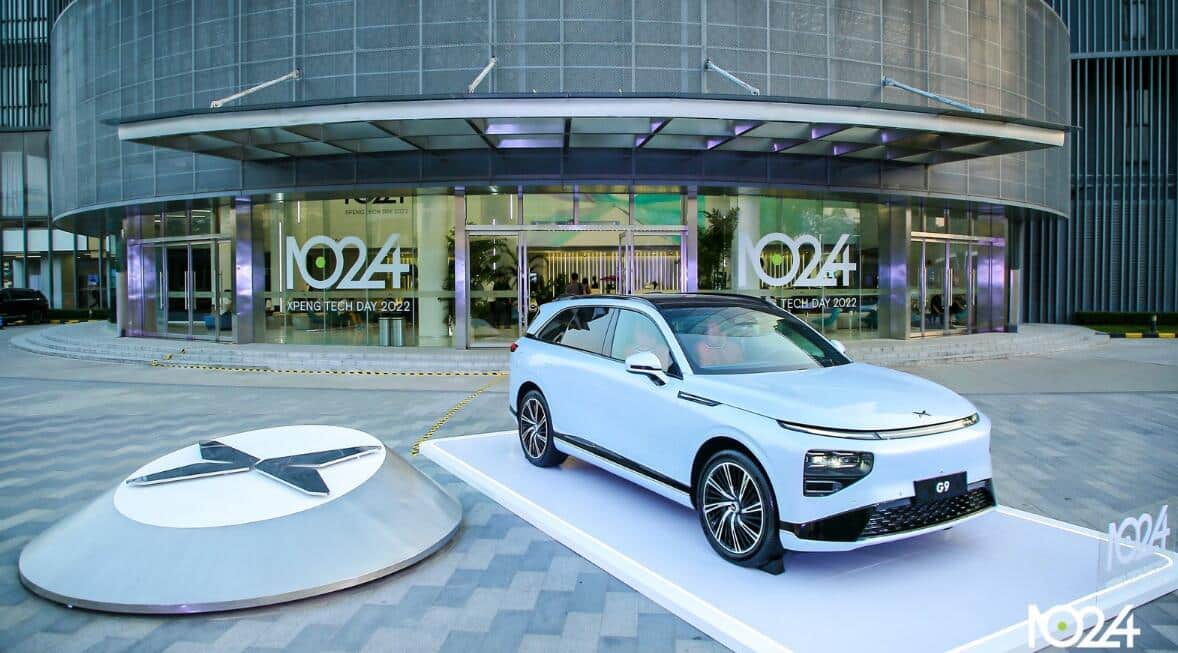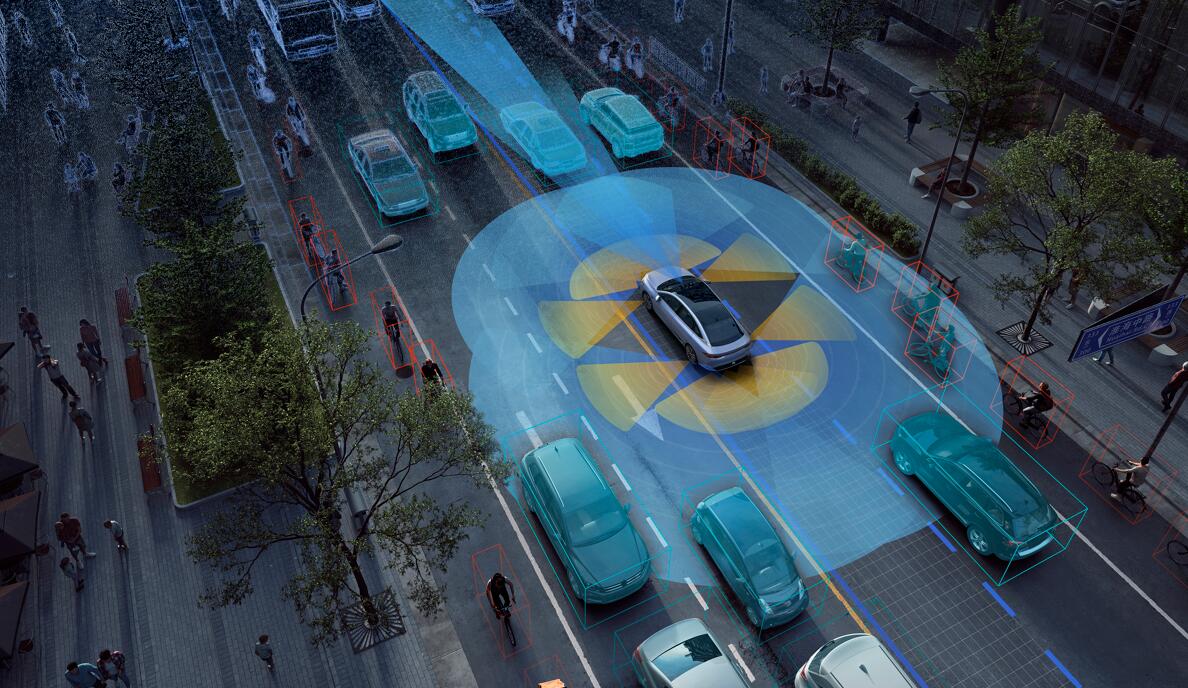Xpeng unveiled a flying car design closer to production and provided updates on robotaxi as well as the XNGP.
(Image credit: Xpeng)
Xpeng unveiled the latest version of its flying car, closer to a production design than ever before, at its latest Tech Day event.
At its fourth annual 1024 Tech Day event held today at its Guangzhou headquarters, Xpeng unveiled the latest version of its electric vertical takeoff and landing (eVToL) flying vehicle, developed by its ecosystem affiliate Xpeng Aeroht.
Unlike the company's sixth-generation flying car announced at last year's event, Xpeng this time showed a product closer to production status, saying the new vehicle's test vehicle has successfully completed its first flight and multiple single-motor failure tests.
The latest version of the flying car has been optimized from last year's horizontal dual-rotor structure to a new distributed multi-rotor configuration, and the overall system design complexity has been reduced to further improve flight safety and reliability, according to Xpeng.
In drive mode, it rivals any conventional car in terms of functionality and measurements, the company said.
In flight mode, the flying car uses the steering wheel and the right shifter as controls to move forward and backward, turn, ascend, hover and descend.
In July, Xpeng chairman and CEO He Xiaopeng shared a video on Weibo showing that drivers can drive a flying car as if they were driving.
"We took the way cars operate and creatively revised and applied it to the flying system to make it less difficult to learn to fly," he said at the time.
At today's Tech Day event, Xpeng also unveiled its latest progress in the development of assisted driving technology, saying that XNGP has achieved a technological breakthrough by expanding to areas of the country that are not covered by high-precision maps.
Xpeng announced at the launch of its flagship SUV, the G9, that the model will be equipped with a second-generation assisted driving system called XNGP.
XNGP will enable full coverage of scenarios including highways, urban expressways, internal campus roads and parking lots for the first time, Xpeng previously said. It aims to give the model full scenario-assisted driving capability in most cities by 2023 and full point-to-point intelligent navigation-assisted driving capability by 2024.
At today's event, Xpeng said XNGP for the G9 Max will enable support for City NGP in Guangzhou, Shenzhen and Shanghai in the first half of 2023.
By the second half of 2023, XNGP will give the G9 Max the ability to recognize traffic lights and go straight through intersections nationwide.
By 2024, XNGP will enable vehicles to drive from parking space to parking space with intelligent navigation assistance, Xpeng said.
The company said today that XNGP is supported by major hardware upgrades, including 508 TOPS of computing power, a dual LiDAR system, an 8-megapixel high-definition camera and a new software architecture, XNet -- Xpeng's next-generation neural network-based perception architecture.
Unlike the first-generation vision perception architecture, XNet uses Xpeng's in-house developed deep neural network for vision recognition, which the company said has human-like decision-making capabilities, extracted from data from multiple cameras.
The neural network technology replaces complex manual processing logic and enables self-evolving, data-driven algorithms, Xpeng said.
Xpeng's XNet self-driving technology stack is backed by Fuyao, the company's self-driving computing center in China built with Alibaba Cloud in Ulanqab, Inner Mongolia.
With a total computing power of up to 600 PFLOPS, Fuyao enables the training of autonomous driving models more than 600 times more efficiently. That means the training time for a model can be reduced from 276 days to 11 hours, according to Xpeng.
With deployment optimization, XNet uses only 9 percent of the processing power of the Orin-X chip, compared to 122 percent before the optimization, Xpeng said.
Xpeng also announced today that it has achieved a milestone in its robotaxi development, obtaining an intelligent connected car road test permit.
Xpeng said its G9 SUV became the first mass-produced commercial vehicle in China to pass the government-led closed test for autonomous driving, a significant step in robotaxi development.
"Obtaining the road test permit by our mass-produced commercial vehicles - with no retrofit - is a major achievement,” said Wu Xinzhou, vice president of Xpeng autonomous driving, adding, "Our platform-based robotaxi development aims to generate significant cost benefits, and ensure product quality, safety and user experience."

